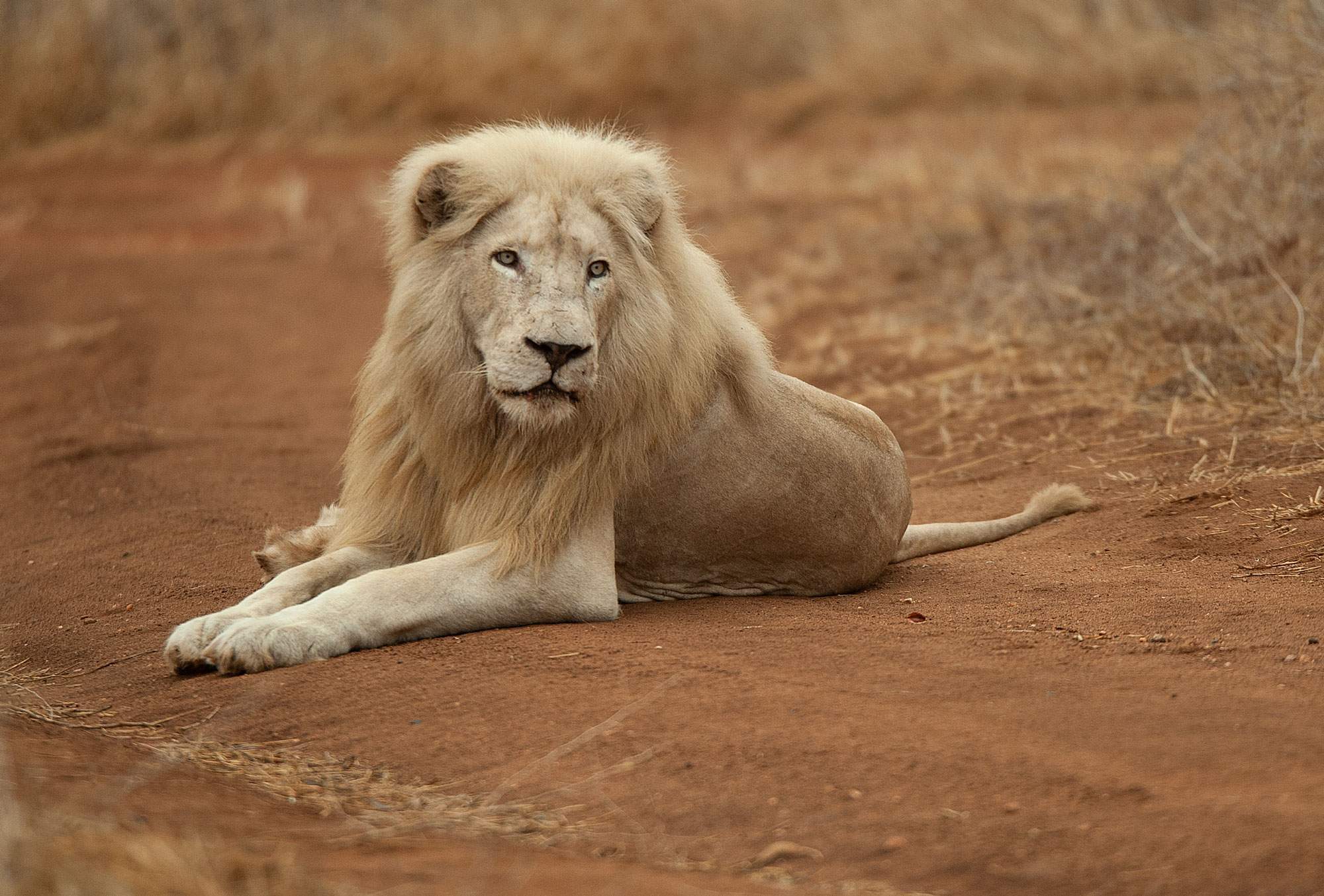
White Lions are not albinos, but a genetic rarity unique to one endemic region on the globe: The UNESCO Kruger-to-Canyons Biosphere region.
The Genetic Marker that determines the unique colouration of White Lions was finally identified in October 2013, after a 7 year study initiated by the Global White Lion Protection Trust, partnering 7 different countries. Determining the frequency of occurrence of the white gene in this region is a next step for the Global White Lion Protection Trust
Currently, lions in South Africa have been classified by CITES (Convention for the International Trade in Endangered Species) and the IUCN as a species of “least concern”. This has had disastrous results, leading to the legalisation of the notorious cross-border lion-bone trade. The Global White Lion Protection Trust tirelessly campaigns to have this deplorable, bureaucratic listing revoked.
The earliest recorded sighting of White Lions by Europeans in the Timbavati region (Kruger-to-Canyons Biosphere) was in 1938. However, the oral records of African elders indicate that these unique animals survived in this region for many centuries.
The unique White Lion gene is carried by certain of the tawny coloured lions in the region, and despite the trophy hunting of these magnificent creatures and other forced removals, White Lion births continually occurred in different prides in the region. This proves the conservation value of this rare phenotype to the biodiversity of this wilderness region.
As the commercial trophy hunting of lions continued in this region, the White Lions finally went extinct in the land of their origins. In 2004, after 12 years of technical extinction of the White Lions in their ancestral homelands, the Global White Lion Protection Trust commenced its reintroduction program. Today, the organisation has successfully reintroduced 3 prides of integrated White Lions to free-roaming conditions in their natural endemic habitat.
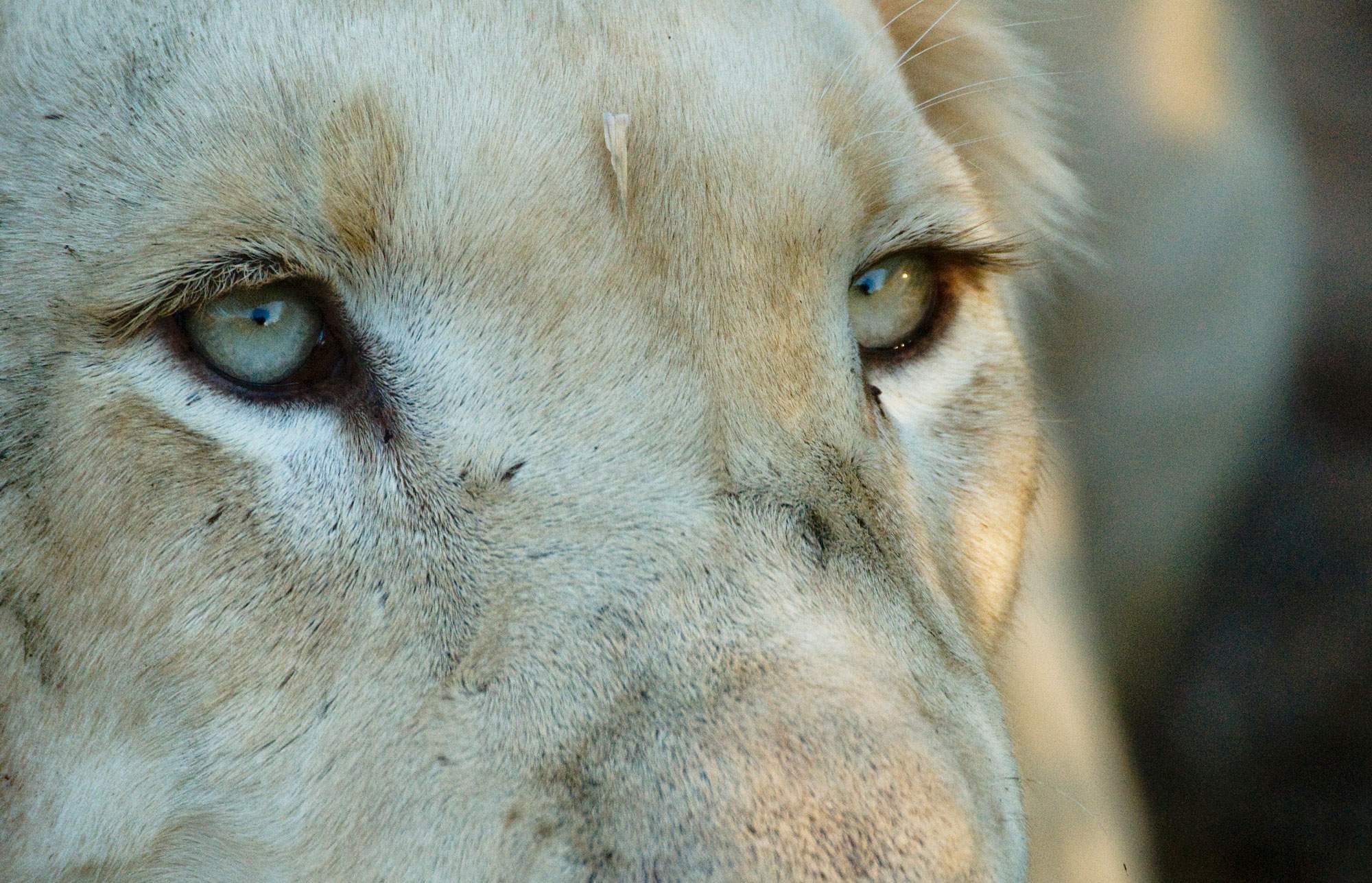
Finally, after the Global White Lion Protection Trust presented in South African Parliament in 2019, calling for a moratorium on the commercial trophy hunting of lions in the private nature reserves bordering the Kruger National Park, a temporary non-hunting of lions policy has been adopted. This is a great step forward, but the Global White Lion Protection Trust will continue to campaign until this is enshrined in national legislation.
Protecting a living heritage
The Global White Lion Protection Trust has initiated a scientific study to conclusively investigate the ecology of White Lions in their natural habitat, as part of a PhD study conducted by specialist lion ecologist, Jason A. Turner.
Currently, there is no law nationally or internationally that protects the White Lions from being wiped off the face of the earth. Furthermore, the disastrous down-listing by CITES of South Africa’s lions to Appendix II “least concern” has increased the demand for lion parts/bones of both captive lions and wild lions, putting lions under greater threat of extinction.
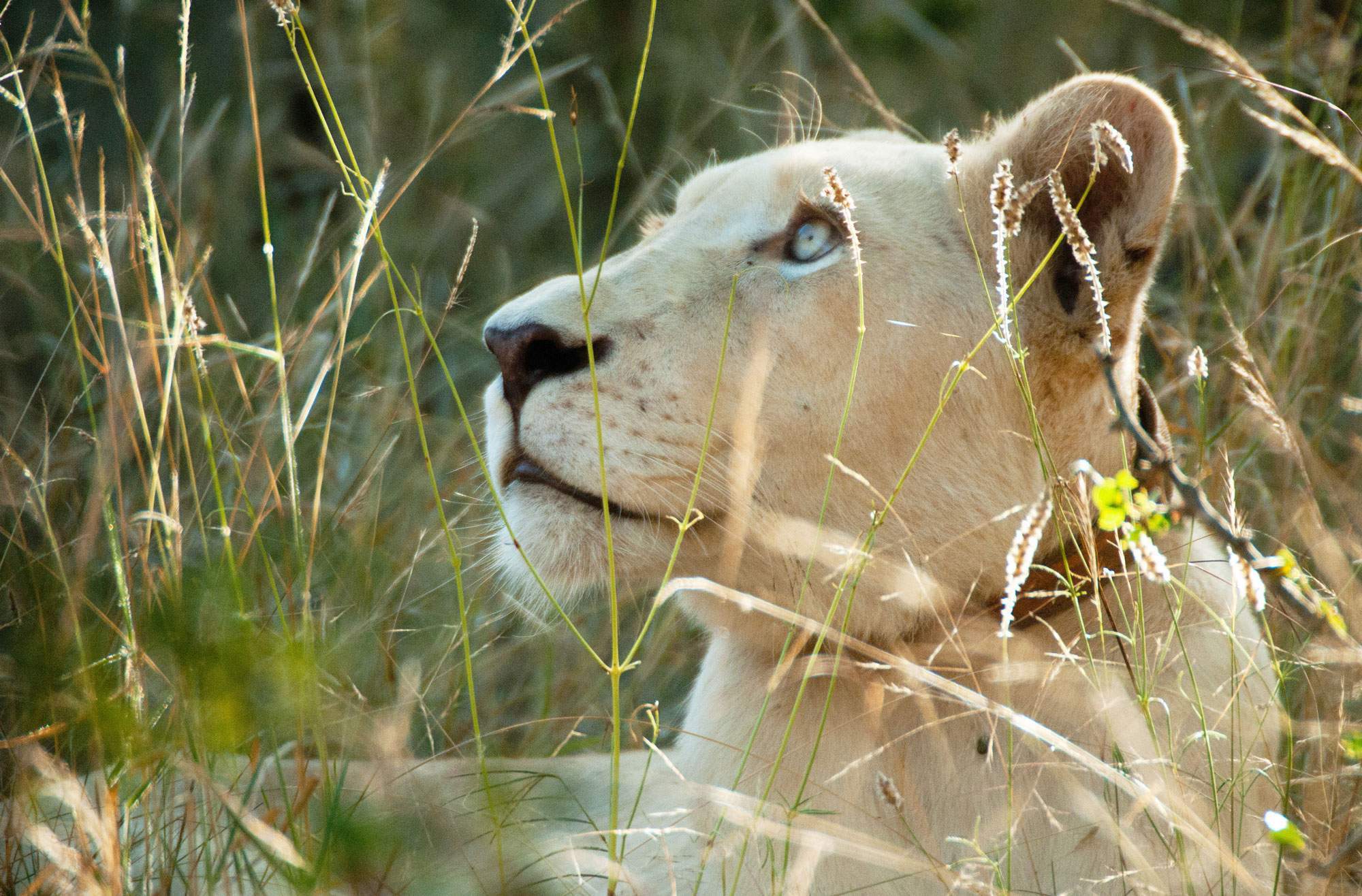
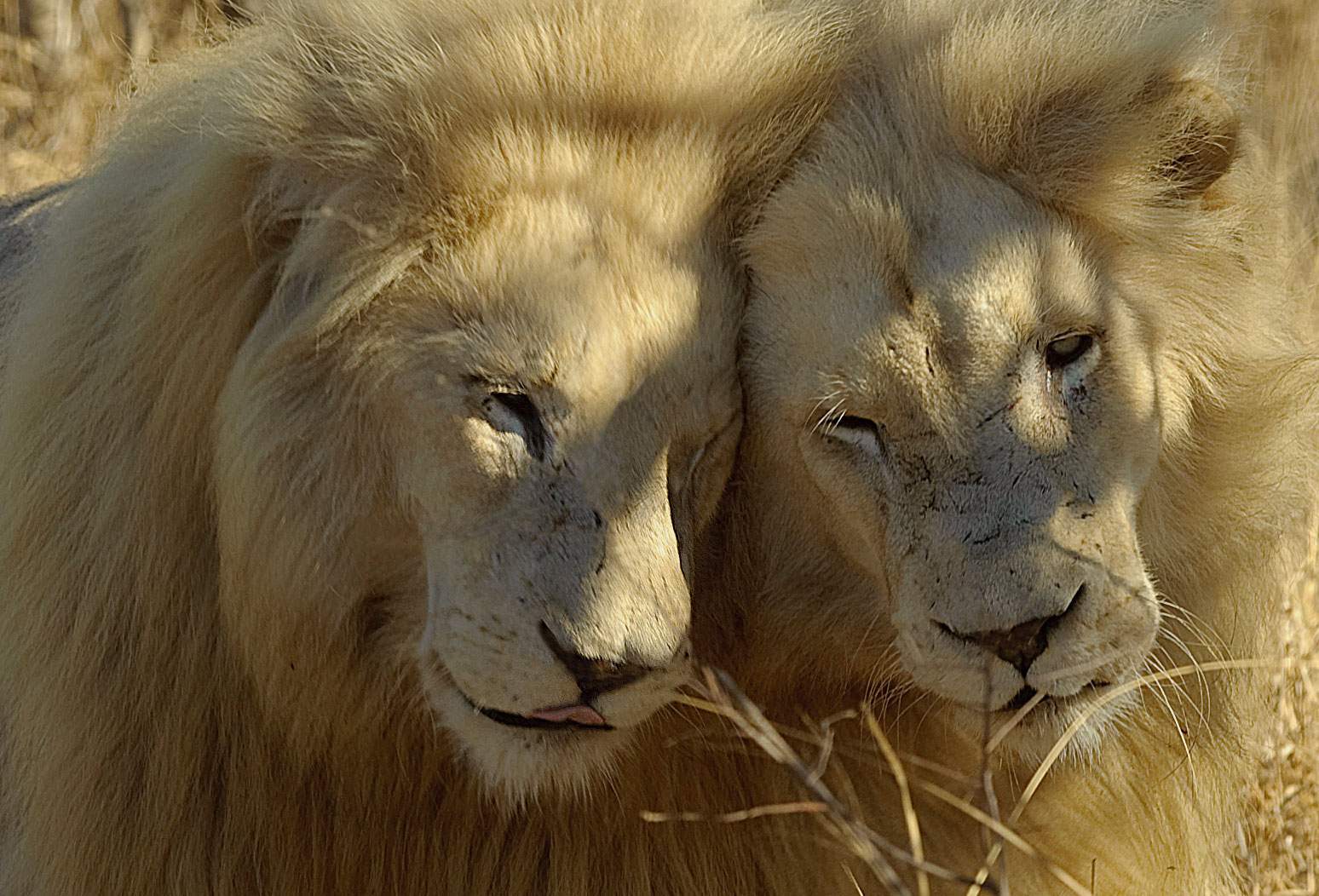
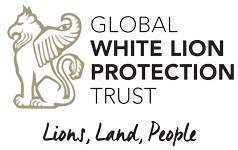


Correcting misinformation about the White Lions
There continues to be widespread misinformation about White Lions being unable to survive in the wild, due to a perceived lack of camouflage and hunting ability. This has no factual basis. After a 10-year scientific study on White Lion hunting behaviour, the Global White Lion Protection Trust published a ground-breaking scientific paper providing evidence that White Lions hunt as effectively as wild tawny lions in the same free-roaming area [Turner, Vasicek & Somers 2015].
In 2006, White Lions started reoccurring in the UNESCO Kruger-to-Canyons Biosphere region, proving that the White Lion is a natural occurrence and that the unique gene still exists in this region. In 2014, the first white cubs were once again born in the Kruger National Park – a region in which there is no lion trophy hunting, so this adds hope for the long-term survival of White Lions.